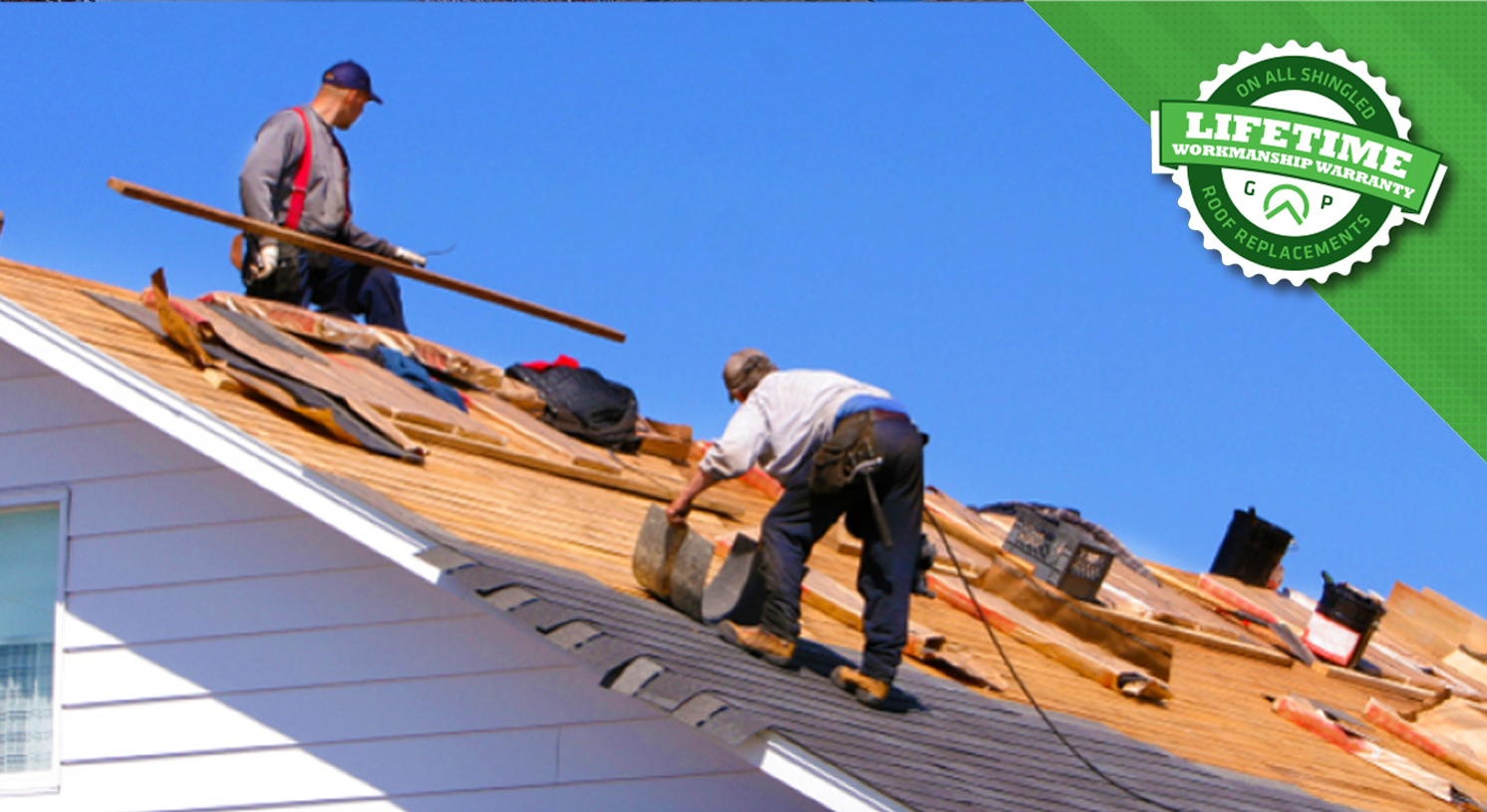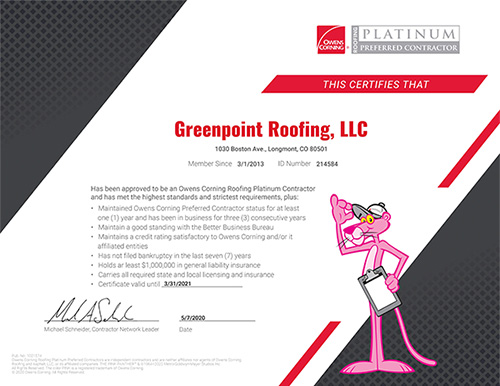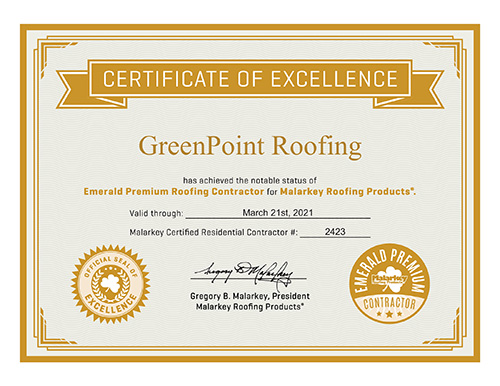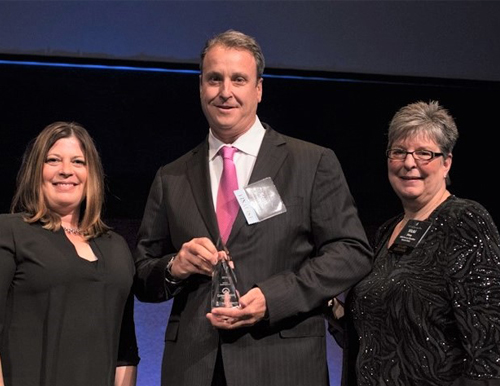Repair, Patch, or Replace: Navigating Roofing Solutions for Homeowners

A home’s roof isn’t just a protective shield against the elements—it is an emblem of security, comfort, and the durability of the house itself. Over time, however, the relentless assault of wind, rain, snow, and sun, combined with the natural wear and tear of materials, can compromise a roof’s integrity. This deterioration doesn’t just risk the safety and comfort of the inhabitants but can also lead to more costly damages if not addressed promptly.
Understanding when and how to intervene is essential for every homeowner. The challenge often lies in determining the best course of action: Should minor damages be simply repaired? Would patching suffice for localized issues? Or is it time for a complete overhaul and replacement of the roof? Making the right choice can save both money and future headaches, ensuring the home remains a sanctuary against the outside world. This essay aims to navigate these questions, offering insights and guidance on whether to repair, patch, or replace a roof, setting homeowners on the right path to safeguarding their most cherished investment.
Section A: Repairing the Roof
Roof repairs typically address minor damages or issues that haven’t yet compromised the larger structural integrity of the roof. This could range from fixing a few broken shingles, resealing around vents, or securing loose flashing. But how does one decide when a repair is the most appropriate action?
Advantages:
1. Cost-Effective in the Short Term: Often, repairing is a less expensive initial investment compared to patching or replacing. For homeowners working on a tight budget or those dealing with isolated incidents, repairs can be an attractive option.
2. Quick Solution for Minor Damages: Issues like minor leaks or a few missing shingles can be swiftly addressed through repairs, ensuring that there’s no immediate threat of water damage inside the home.
3. Prevents Minor Issues from Escalating: Addressing minor damages as they arise can prevent them from becoming larger problems in the future. For instance, a small leak left untreated could lead to more extensive water damage or mold growth.
Disadvantages:
1. May Not Be a Long-Term Solution: Frequent minor repairs might only offer temporary relief from ongoing issues, especially if the root cause isn’t addressed.
2. Accumulative Costs: While individual repairs might be cheaper, recurrent repairs over time could result in a cumulative expense that surpasses the cost of a more comprehensive solution.
3. Not Suitable for Extensive Damage: There comes a point where the extent of damage surpasses the scope of simple repairs. At this stage, repairs are just like putting a band-aid on a deep wound.
Section B: Patching the Roof
Patching involves addressing more significant issues than minor repairs but is usually focused on specific areas of the roof rather than the whole structure. This could involve replacing a larger section of shingles or addressing a specific portion of the roof that has sustained damage.
Advantages:
1. Suitable for Localized Damage: For roofs that have a particular area of concern—perhaps due to a fallen branch or localized wear and tear—patching can target and address that specific region without the need for a full replacement.
2. Economically Efficient for Addressing Small Areas: If only a section of the roof is damaged, patching it can be a cost-effective way of addressing the problem without the expenditure associated with a full replacement.
3. Can Be a Medium-Term Solution: If done correctly, a patch can last for several years, offering homeowners some respite before considering more extensive solutions.
Disadvantages:
1. Aesthetic Concerns: One of the primary drawbacks of patching is that the new materials might not match the existing roof, leading to a patchwork appearance that some homeowners might find unappealing.
2. Might Not Address Underlying Issues: Just like repairs, patching might not get to the root of the problem. There could be underlying structural issues or more extensive damage that a patch won’t fix.
3. Patches Can Become Problematic Areas: Over time, the area where the roof was patched can become a weak point, especially if not done properly. This can lead to future issues concentrated around the patched area.
Section C: Replacing the Roof
Replacement involves removing the old roof and installing a new one. This is a substantial task and is generally considered when the roof is nearing the end of its lifespan or has sustained significant damage.
Advantages:
1. Provides a Long-Term Solution: A new roof can last anywhere from 20 to 50 years or more, depending on the materials used. This offers homeowners peace of mind for the foreseeable future.
2. Increases the Value of the Property: A new roof can significantly increase a home’s resale value and is often a selling point for potential buyers who don’t want to deal with roofing issues.
3. Gives Peace of Mind for Years or Decades: Knowing that the entire roof is new and under warranty can alleviate the stress of waiting for the next repair.
Disadvantages:
1. Expensive Initial Cost: Of all the roofing solutions, replacement is the most costly upfront. It’s a significant investment, but one that pays off in the long run.
2. Time-Consuming: Replacing a roof isn’t a quick fix. It can take several days or even weeks, depending on the size of the house and the materials used. During this time, homeowners might face inconveniences, including noise and the need to protect interiors from potential debris or leaks.
3. Environmental Concerns: Removing an old roof creates waste. While many roofing materials can be recycled, not all of them are. Homeowners concerned about their environmental footprint might want to consider this when weighing their options.
4. Displacement and Disruption: Roof replacement can be a disruptive process. Depending on the scale and duration of the project, homeowners might need to relocate temporarily, particularly if the structure of the home is compromised or if inclement weather poses risks during the project.
5. Structural Concerns: In some cases, replacing a roof might reveal other underlying structural issues, like damaged trusses or support beams. This can lead to additional costs and extended project timelines as these deeper issues are addressed.
6. Choosing the Wrong Material or Contractor: With roof replacements, there’s a lot at stake. Making a hasty decision about the type of roofing material or choosing a contractor based solely on cost could lead to regrets down the line. It’s essential to conduct thorough research and consult with roofing professionals to ensure the best choices are made for both material and installation
Navigating the crossroads of repairing, patching, or replacing a roof is pivotal for every homeowner. Each pathway offers distinct benefits and challenges, and the optimal choice hinges on the individual circumstances of the roof. Yet, amidst the complexities, one thing remains clear: the importance of timely intervention. Through prompt action, homeowners can sidestep escalating costs and potential hazards. As we’ve delved into these solutions, it’s evident that professional guidance plays a crucial role in making an informed decision. Roofing decisions not only impact the longevity of your home but also the safety and well-being of its inhabitants. If you’re at this crossroads, uncertain about the best route for your roof, consider seeking expert advice. For those interested, Greenpoint Roofing offers a free consultation to evaluate your needs and provide insights tailored to your specific situation. Remember, a home’s roof is its primary shield, and with careful consideration, it can serve you effectively for years to come.















